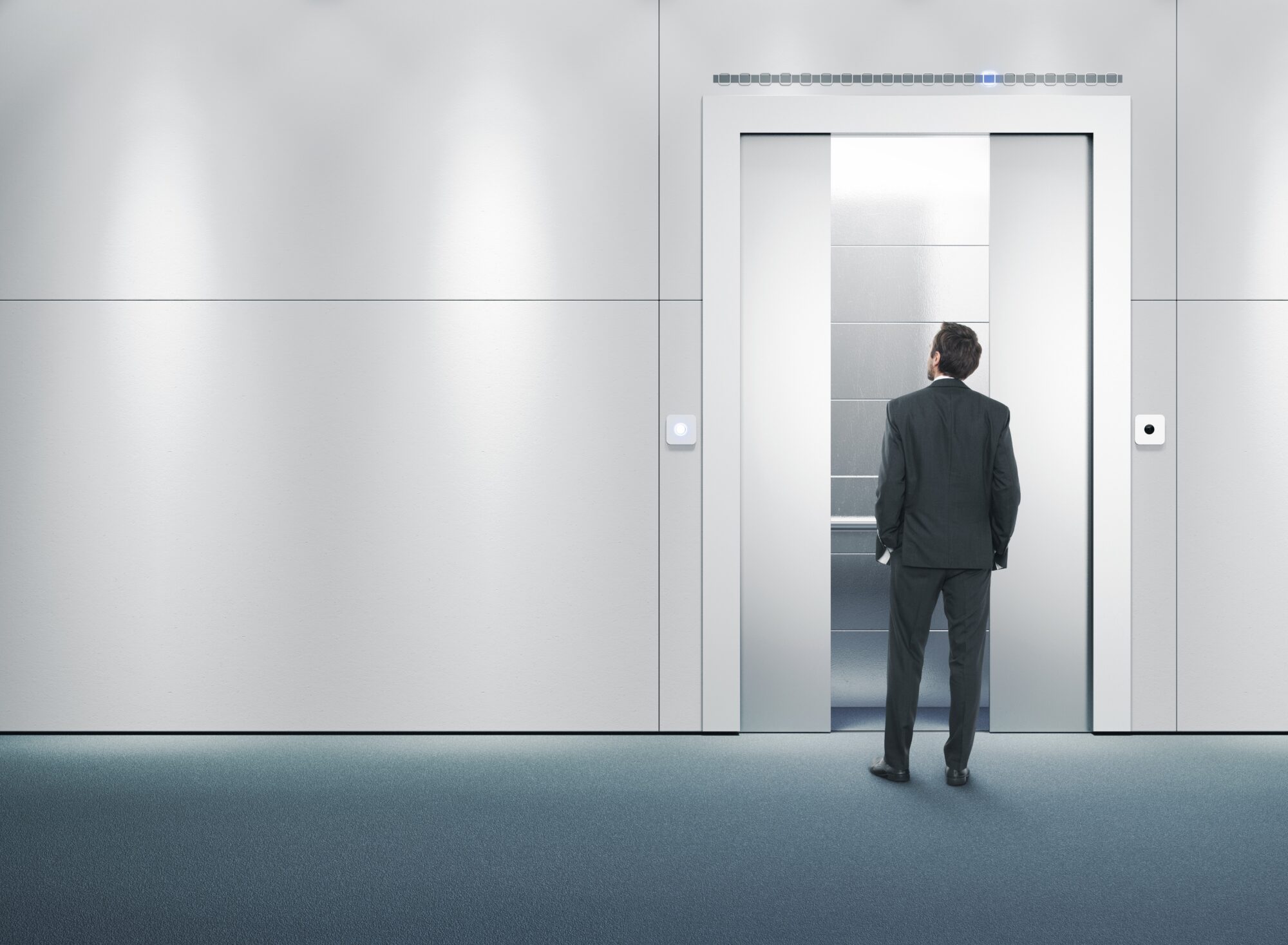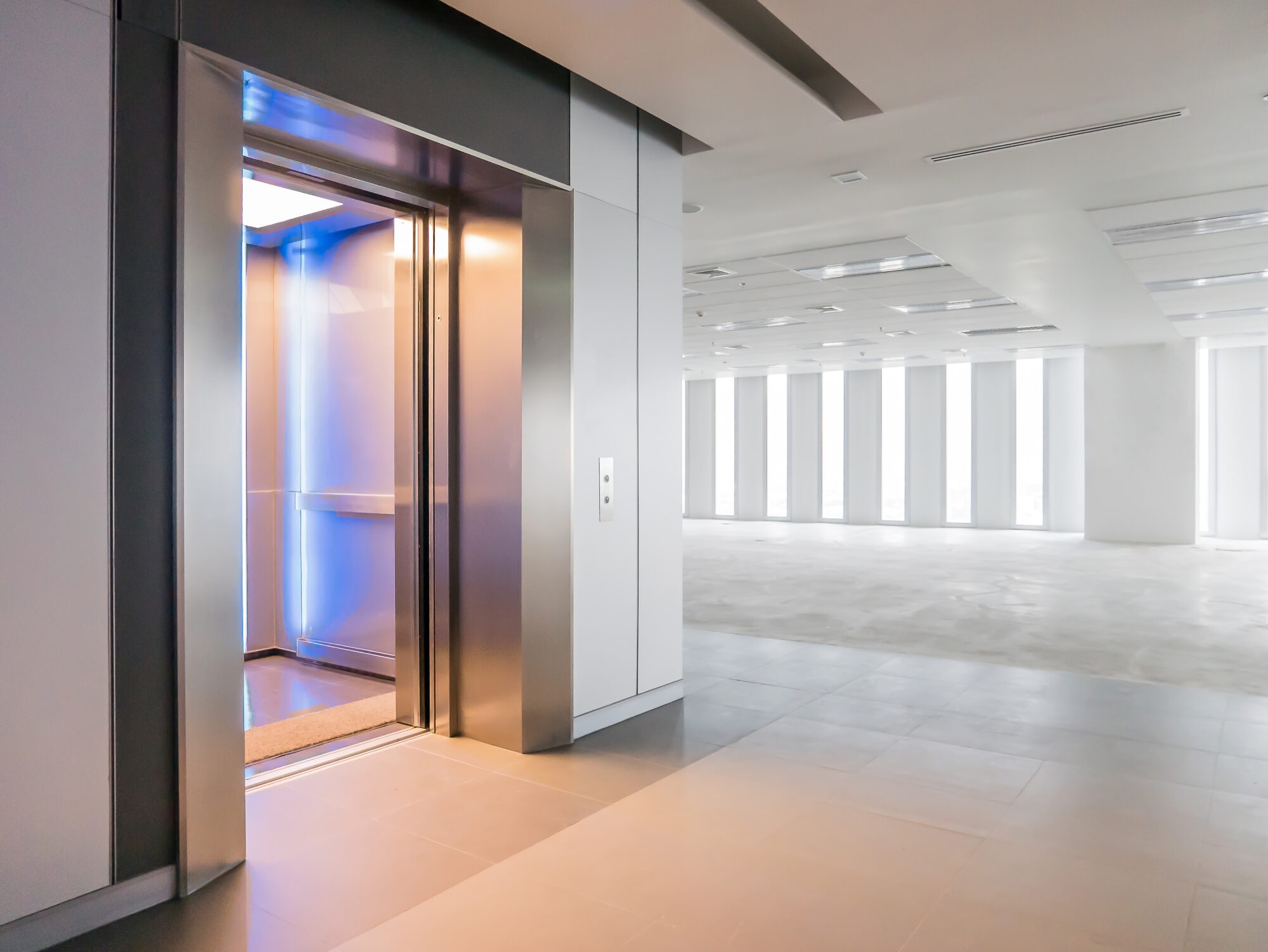© 2025 Genea Energy Partners, Inc. All Rights Reserved.
Learn more about the importance and benefits of touchless elevators for properties with multiple elevator installations.
Elevator access control systems grant and prohibit entry based on user credentials. These credentials are stored in the building’s...
What happens in Vegas, stays in Vegas—or so the saying goes. But the adage couldn’t be further from the truth when it...
Elevator manufacturers have designed technology that more quickly gets tenants where they need to be. These systems are generally...
Talk to an expert
Give us a call






